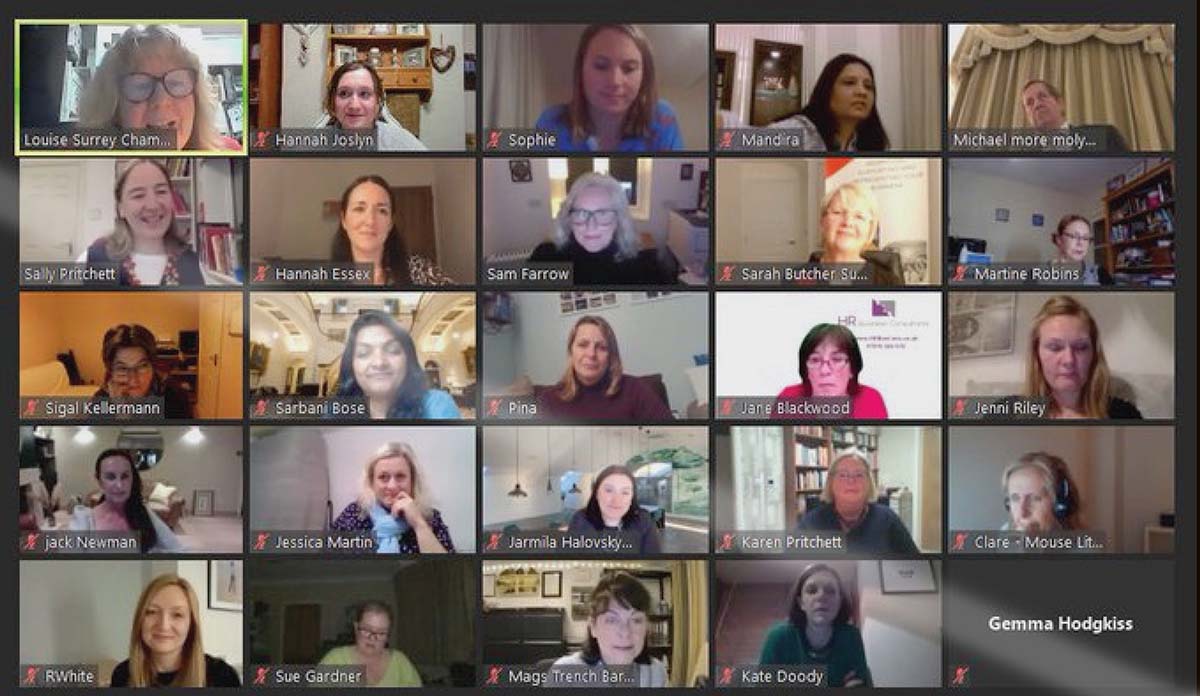
Would you rather accept a volume cut of 5% in your sales with the price remaining constant, or a price cut of 5% (e.g. in form of a rebate) with the volume being constant? Most retailers intuitively opt for the price cut, believing forgoing that much volume and the related sales transactions seems crazy – whereas small price cuts are common practice and we’ve grown accustomed to them.
However, looking at the actual data a price decrease of 5% usually reduces profit by 50%, whereas a 5% volume reduction usually decreases profit only by 20%. This suggests that following our intuition is poor practice when making pricing decisions. In a recent research project from Surrey Business School the implicit assumptions on which retail managers base their intuitive pricing decisions were compared and analysed, with the results from the data suggest that almost half of the assumptions were wrong!
For example, retail managers in the research group setting (convenience stores with usually high impulse and urgency) believed that consumers have limited price knowledge and care little about the store price level. The reality from the data suggests the picture is more nuanced. The assumption that customers don’t care about the price was true for very loyal customers, who buy at the store frequently; however, customers who only occasionally buy in the store very clearly care about the price.
At the other end of the spectrum, customers that never go into convenience stores cited price level as one of their main reasons to stay away. Hence, the intuition in this setting is more influenced by the high number of interactions with loyal customers and blends out lower frequency interactions or interactions that do not happen – all of which means the price management decisions of these retailers is biased towards maintaining the current state. Another interesting finding, demonstrating the disregard for the market and customer side of pricing, is that price reductions and sales activities were largely internally driven – leading to potentially foregone profit.
Retailers clearly need to review and change their pricing practices. To leverage full market potential, retail managers need to systematically incorporate all types of customers and potential customers when deciding their pricing.
To enable retailers to leverage the full potential of pricing and increase their profitability we have created a 12-week Professional Retail Price Management course, beginning April 2021. Supported by research, but applied in approach, it will be co-taught by leading academics and pricing practitioners who have helped numerous retailers optimize their pricing and increase their bottom line.
Pricing is too important to leave to intuition.
To find out more, or to register for taster sessions in February and March, contact: mark.simmons@surrey.ac.uk





